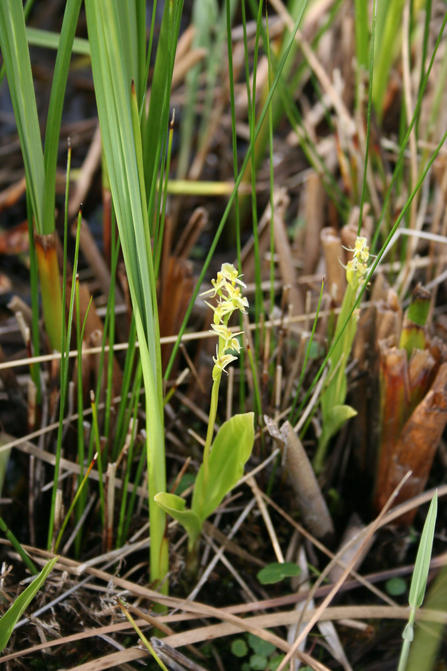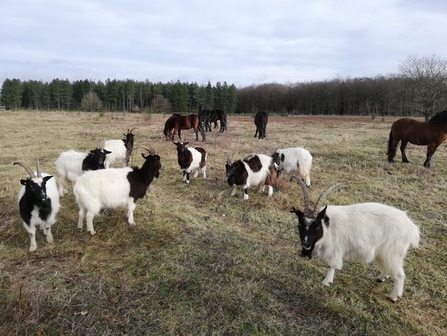By flaming June, the rains of April and May have left everywhere vibrant green, with a fragrance unmatched by any perfumery. Birds are busy feeding hungry nestlings and fledglings, with many oak trees full of blue tit and great tit families, feeding on plump little green caterpillars. It’s worth watching closely, as you might just catch a savvy blue tit hauling up a dangling caterpillar by its own silk thread. Across the Norfolk countryside, the ascending voice of the skylark, lost in a tent of blue, fills the air.
Early June is the main flight period of the wonderful swallowtail, the UK’s largest butterfly. This sub-species can only be seen in Norfolk, attracting visitors from across the country to Hickling and Ranworth Broad, each hoping for a glimpse. At the time of writing we do not yet know how the very high winter water levels will have impacted our swallowtail numbers. Some key areas fen used by the butterfly are protected by flood banks and we can control the water levels but other areas have been flooded for much of the winter.
Our reserve sites with storage yards will have a pied wagtail nest hidden in an idle piece of old machinery. Under the bonnet of a rusting old tractor is always a favourite! Bird song is already on the wane, with the sounds of spring giving way to the colours of summer; the white and yellow blooms of ox-eye daisy are slowly replaced by the vivid purples of knapweed and thistle. Staff and volunteers on the NWT reserves are kept busy with survey work of breeding birds, orchids, butterflies and moths. June also finds reserve staff engaging more with members, visitors, parties of school children and holiday-makers, as we lead guided walks, operate boat trips and help with educational events throughout the summer.




